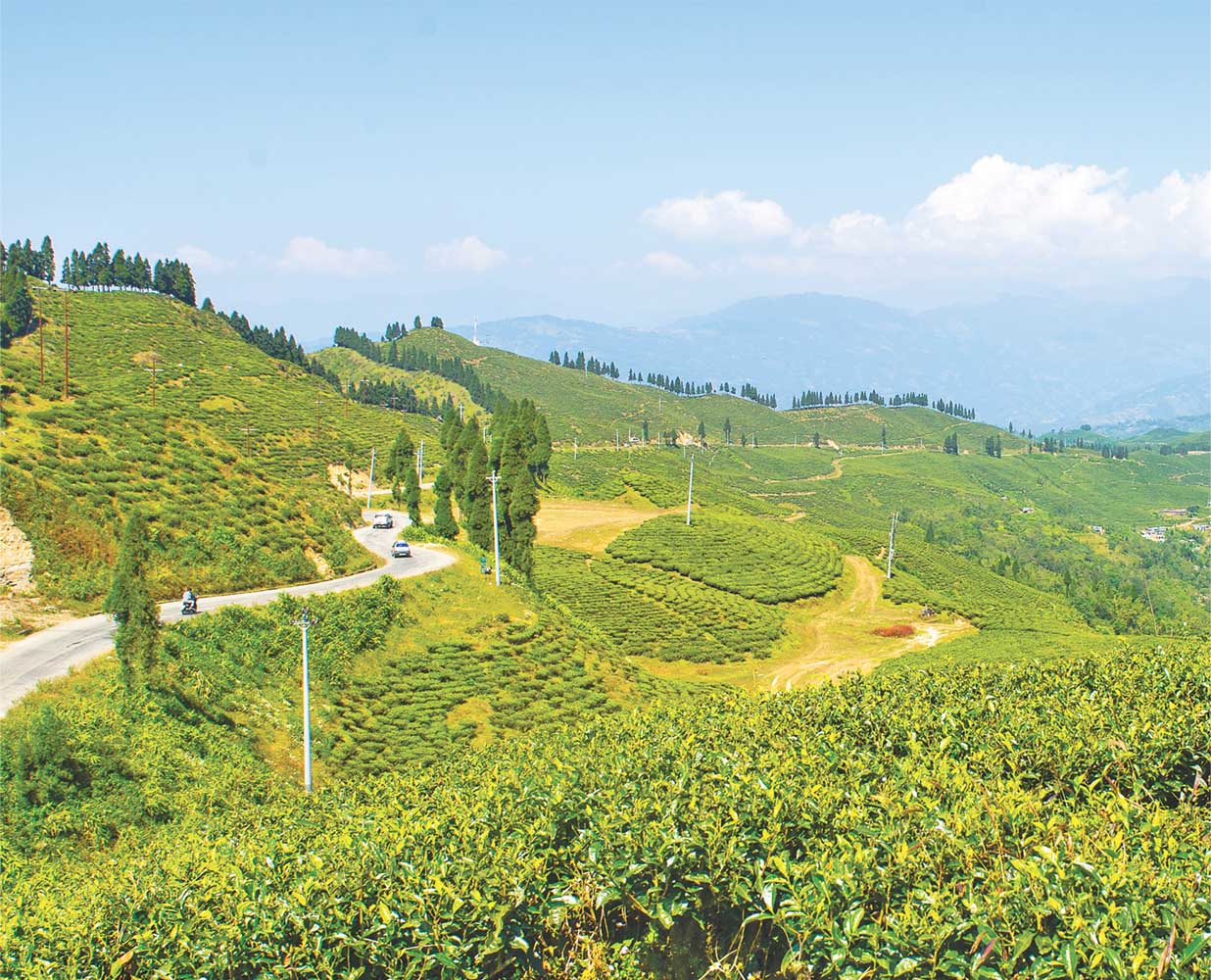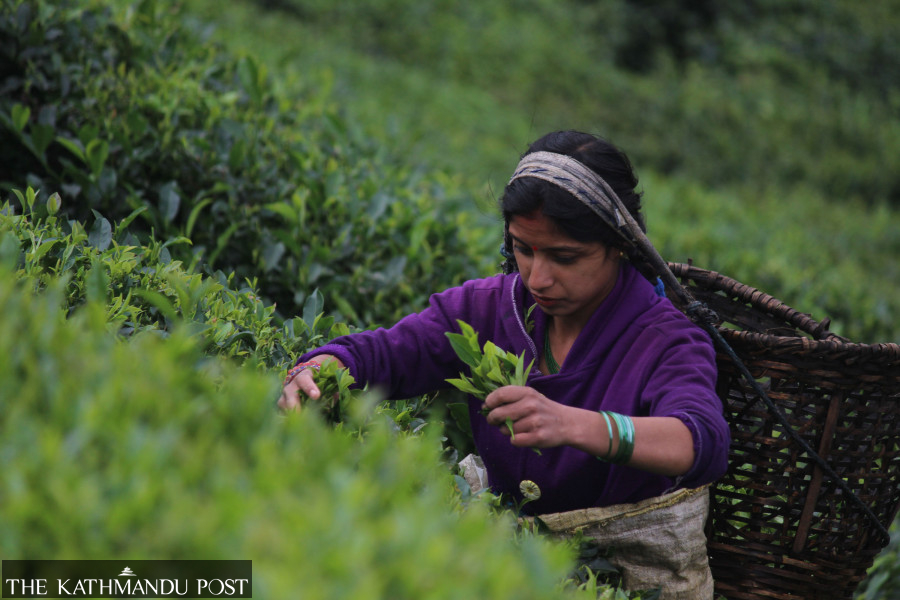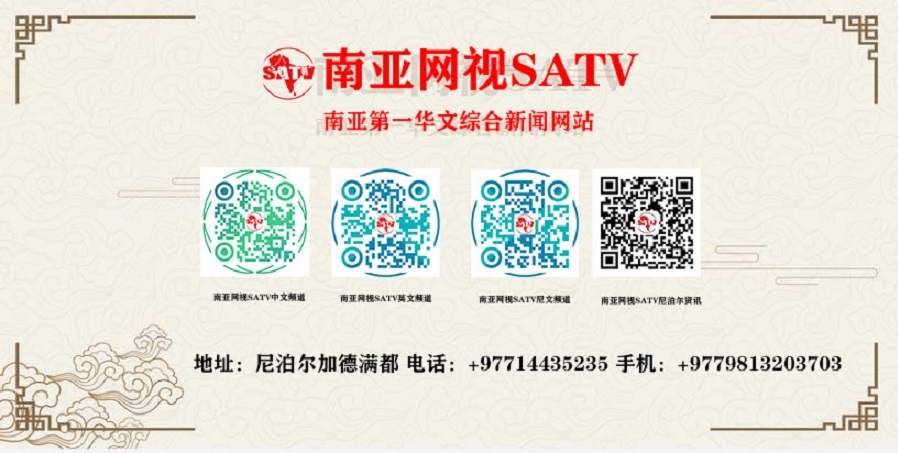
Legally, tea from Nepal can be freely imported by anyone in India under the free trade agreement between the two countries. Post File Photo
Nepali tea producers and traders have been concerned ever since India’s Parliamentary Standing Committee on Commerce in June asked the Indian government to apply stringent requirements for the certificate of origin on tea imported from Nepal.
The parliamentary committee said the entry of low quality products from the neighbouring countries was jeopardising the Indian tea industry, and asked that anti-dumping duty ranging from 40-100 percent be imposed. The panel has also asked that the Indo-Nepal Treaty of 1950 be reviewed.
India is Nepal's largest customer, and any move to restrict exports will hit the industry hard, producers say. Nepal ships around 90 percent of its orthodox tea and 50 percent of its crush, tear and curl (CTC) tea to the southern neighbour.
Indian concerns come amid long-standing complaints that unscrupulous Indian traders have been mixing Nepali tea with Darjeeling tea.
Orthodox tea, imported from Nepal and commonly known as Himalayan tea, is similar to the Darjeeling variety grown in West Bengal in taste, aroma and flavour. However, Nepali tea is over 50 percent cheaper than the tea from the hills of northern Bengal.
Some traders have been passing off Nepali tea as Darjeeling, which is protected and has a Geographical Indication trademark, according to Indian media reports. Legally, tea from Nepal can be freely imported by anyone in India under the free trade agreement between the two countries.
According to reports, while Darjeeling tea, in bulk sales, is priced anywhere between IRs 320 and IRs 360 per kg, the orthodox variety of Nepali tea is not even half that price.
Nepali tea producers say that if India goes ahead with the parliamentary committee's call, Nepal's tea sector will collapse.
Orthodox tea is hand-processed tea and is grown at high altitudes. CTC tea grows at lower altitudes and in the hot and humid plains of Nepal, primarily in Jhapa district.
Nepali orthodox tea has been gaining popularity in the international market because of its quality, aroma, taste and aftertaste.
“Indian traders have been saying that Nepali tea is of low quality. On the other hand, the Food Safety and Standards Authority of India certifies the quality of tea imported from Nepal,” said Suresh Mittal, president of the Nepal Tea Producers Association.
“Without a certificate of origin, we cannot export even a single leaf. Our tea is locally produced and processed before export. It’s not like the soybean or sunflower oil that is imported and refined and then re-exported.”

Nepal ships around 90 percent of its orthodox tea and 50 percent of its CTC tea to the southern neighbour. ShutterstockIn the past several years, Nepali tea shipments to India have been frequently stopped, especially over quality issues by the Indian side.
Years ago, the Darjeeling Tea Association had requested the then Indian President Pranav Mukharjee to stop the import of Nepali tea by submitting a memorandum when he visited Darjeeling.
There have been several attempts from Darjeeling to stop the import of Nepali tea.
Deepak Khanal, director of the National Tea and Coffee Development Board, says Indian producers have been alleging that Nepal’s tea is substandard and that the prices too are lower which is impacting India's tea production.
Following the development in India, the Nepali tea association wrote to the authorities on Sunday requesting negotiations through the diplomatic channel, according to Khanal.
“We have informed the Ministry of Industry, Commerce and Supplies regarding the issue,” he said.
Nepali tea producers say that the repeated hassles created by the Indian side regarding the quality of Nepali tea have been discouraging farmers from growing it. Nepali tea needs to be tested at the Central Food Laboratory in Kolkata, India to obtain export certification.
Tea producers lament that they are still forced to sell tea at prices set by Indian traders.
“These issues are pertinent and need to be resolved through negotiations,” said Mittal.
“If India moves to impose restrictions, it would be a breach of international trade law,” said Purushottam Ojha, former commerce secretary and trade expert.
Orthodox tea from Ilam tastes better than Darjeeling tea, Nepali traders claim. The natural features and weather conditions of Darjeeling and Ilam are nearly identical. That is why Ilam tea is as good as Darjeeling tea, traders said.

Nepali tea producers say that the repeated hassles created by the Indian side regarding the quality of Nepali tea have been discouraging farmers from growing it. Post File PhotoNepali tea is being stopped time and again by the Indian side under different pretexts. For instance, around eight months ago, India had blocked a shipment of 40,000 tonnes of tea for several weeks.
In June 2020, over 20 trucks carrying Nepali tea and large cardamom were halted on the bridge over the Mechi River by the state government of West Bengal in India.
In May 2018, tea exports from Nepal to India through the Kakarbhitta border crossing was stopped following obstructions from Indian authorities. Indian customs officials created hassles over quarantine.
According to the Trade and Export Promotion Centre, tea exports dropped by 9.55 percent to Rs3.43 billion in the last fiscal year.
In September 2020, Nepal's orthodox tea got its own trademark, 157 years after tea cultivation was introduced in the country.
Nepal has a long history of growing tea. The first tea estate, Ilam Tea Estate, was launched in 1863 in the hills of Ilam district.
Historians think that the first tea bushes in Nepal were grown from seeds which were given as a gift by the Chinese emperor to the then prime minister Jung Bahadur Rana.
It is believed that tea planting in Nepal started about the same time as in the Darjeeling Hills of India.
In 1965, a second tea plantation, Soktim Tea Estate, was set up in the plains of Jhapa district.
Tea is grown in Nepal at elevations ranging from 800 to 2,200 metres above sea level. Previously, production was centred in a few districts like Ilam and Jhapa in eastern Nepal. Of late, tea gardens have been flourishing in other parts of the country too. Currently, the tea acreage totals 28,700 hectares.
Nepal produces around 7,168 tonnes of orthodox tea annually in the hills. It also produces 15,654 tonnes of CTC tea, known for its strong and bright appearance, in the lowlands of the Tarai.
"Restricting the import of any product to protect domestic industry is against international trade practices," said Ojha, the former commerce secretary. “Nepali tea is not inferior to Darjeeling tea as Nepali tea is also produced on similar geographic terrain.”













